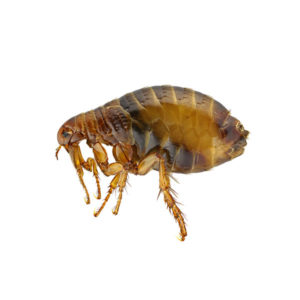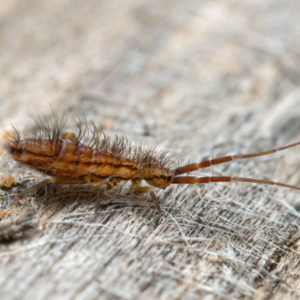Chigger Mites in North Jersey
Chigger mites (sometimes called red bugs) cause intense itching and irritation when they bite. In the United States, chiggers are mostly found in the southeast, south, and midwest, although they can be found here in New Jersey too. They’re most active from early spring to early autumn and tend to disappear after the first frost. When humans or animals get chigger bites, it’s actually the larvae that are doing the biting. After feeding on their hosts, the parasitic larvae drop to the ground and grow into nymphs then mature adults. Adult chigger mites are harmless to humans and feed on plant matter.
Chigger Mite Habitat
Chigger mites prefer damp, grassy, wooded areas. The edge of a forest is an example of their ideal habitat. They can also be found near lakes and streams, and even in your lawn. You may spot mature chigger mites with the naked eye. They are bright red in color and can be seen crawling over grass and pavement. Adult chiggers overwinter underground and deposit eggs during the first warm days of spring. Soon thereafter, adult chiggers die and the eggs hatch. The larvae crawls about trying to make contact with potential hosts.
Chigger Mite Behaviors, Threats, or Dangers
Chigger mites like to hide in thick brush, grass, parks and gardens, grassy meadows, and moist areas surrounding rivers and lakes. If you’re going to an outdoor recreation area, there’s a decent chance there are chiggers around. Chigger larvae do not burrow into skin as commonly believed; rather they attach on the surface of the skin or at the rim of a hair follicle. After coming into contact with flesh, they begin to feed. Most chiggers go for ankles or knees, although some aim higher like the crotch or armpit area. If you do get bit, your body will likely react to the digestive enzymes that chiggers use to liquefy skin cells, causing a rash and intense itching that begins a few hours after they have fed.
If you are dealing with chigger mites, call north Jersey’s experienced tick and mite extermination team!





